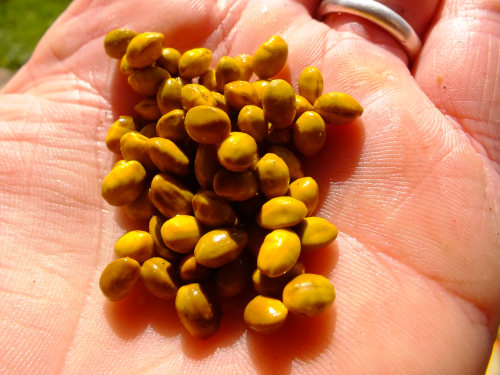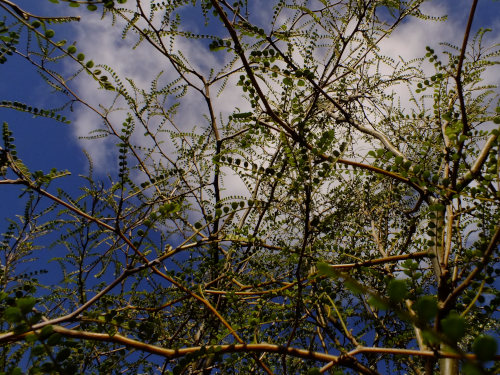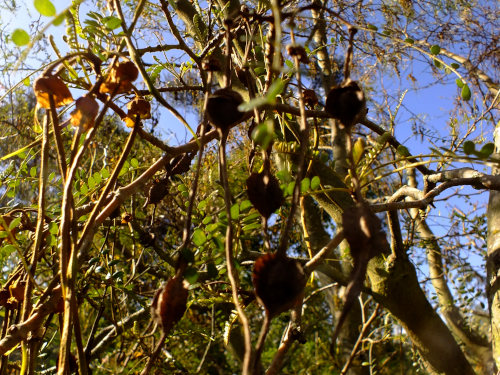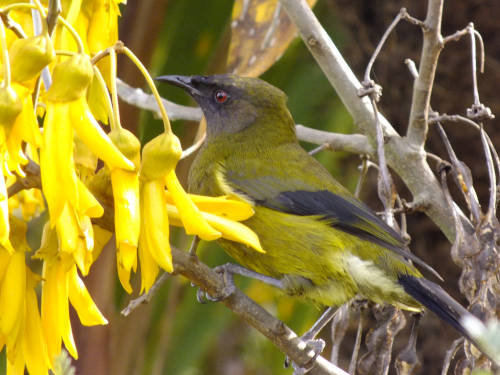South Island Kowhai seeds

Common name
South Island Kōwhai
Botanical name
Sophora microphylla
Details
A native tree of New Zealand, well known for its distinctive, bright yellow flowers and attractive foliage. It is a small to medium-sized tree, typically growing between 8 to 12 meters in height, with a semi-deciduous habit. The South Island kōwhai has fern-like leaves with small, glossy leaflets, and its iconic flowers bloom in early spring, usually from August to November. The tree’s juvenile form often has tangled, interlacing branches, but it matures into a stately, elegant adult tree.
Drought tolerance
Evergreen
Nitrogen fixer
Perennial
Price
$3.90
20 seeds


